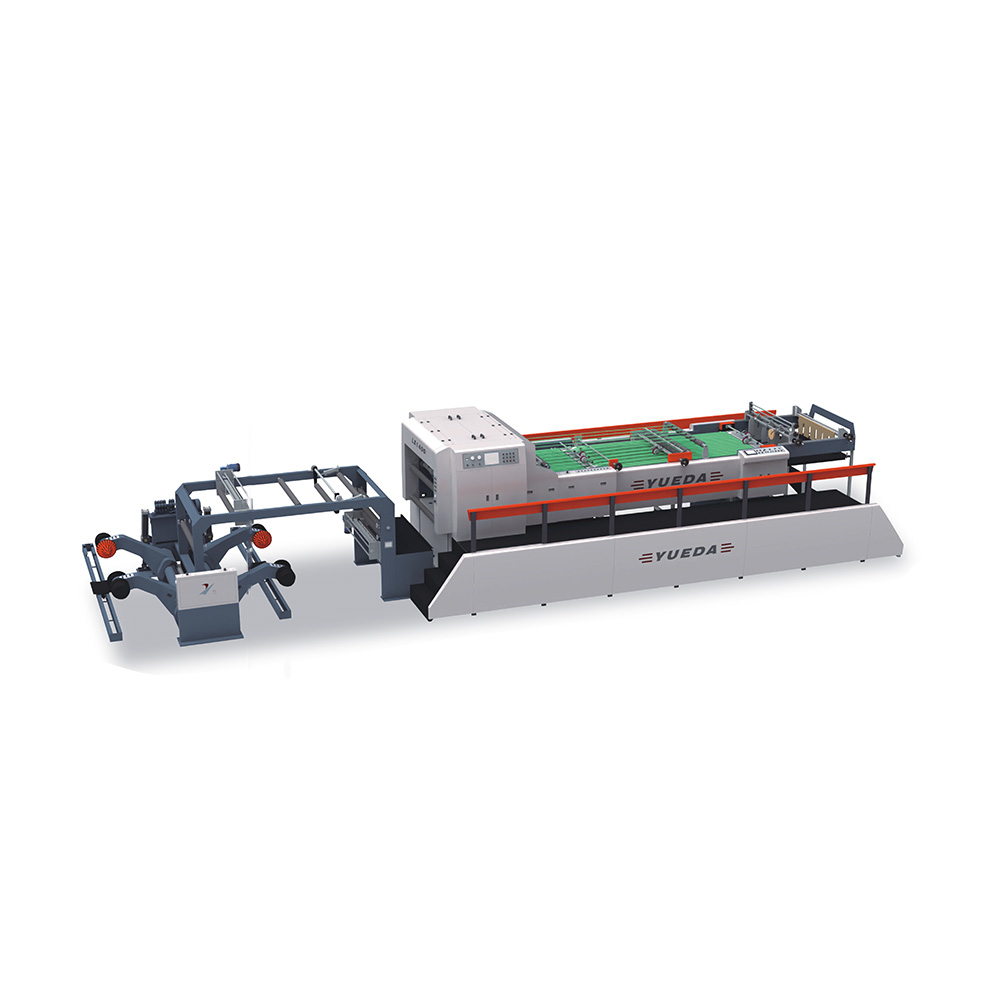News Center
Home / News Center / Industry News / How does the sheet cutting machine’s nesting technology work, and what are its benefits in terms of material efficiency?
How does the sheet cutting machine’s nesting technology work, and what are its benefits in terms of material efficiency?
2024-01-25
The sheet cutting machine's nesting technology is a process used to optimize the arrangement of patterns on a sheet of material to minimize waste. This technology takes into account various factors such as the shape and size of the patterns, material width, and material type, among others.
The nesting method begins with the aid of importing the patterns or designs into the gadget's software program software. The software program then arranges the styles inside the most green way possible, maximizing material usage. This is executed by rotating, mirroring, and nesting the styles in a manner that minimizes the amount of unused cloth.
The sheet cutting machine's nesting generation offers several blessings in terms of material performance:
Reduced waste: By optimizing the arrangement of styles, nesting era ensures that fabric utilization is maximized, minimizing waste. This is mainly treasured for costly or difficult-to-source substances.

Increased productiveness: The nesting generation automates the system of arranging patterns on a sheet, removing the want for guide planning or calculation. This saves time and increases the productivity of the cutting method.
Cost savings: With decreased waste and improved productivity, nesting technology helps to reduce cloth fees. The green use of materials interprets into decrease raw material fees for manufacturers.
Enhanced accuracy: Nesting era guarantees particular positioning of styles on the sheet, minimizing errors. This consequences in accurate slicing and decreases the need for transform or scrap.
Versatility: The nesting generation can take care of special varieties of substances, which include metal, wooden, plastic, and composite substances. This flexibility lets in for efficient cloth usage throughout various industries.
Customization and layout flexibility: The software used in nesting generation allows for personalization and versatility in arranging styles. It can accommodate a couple of designs and sizes, enabling producers to satisfy unique patron requirements.
Optimized inventory control: Nesting generation aids in green stock management through lowering cloth waste. Manufacturers can higher their stock levels, as they are able to appropriately estimate the fabric required for each activity.
Share news
Products
of interest
of interest


 中文简体
中文简体 Español
Español

















